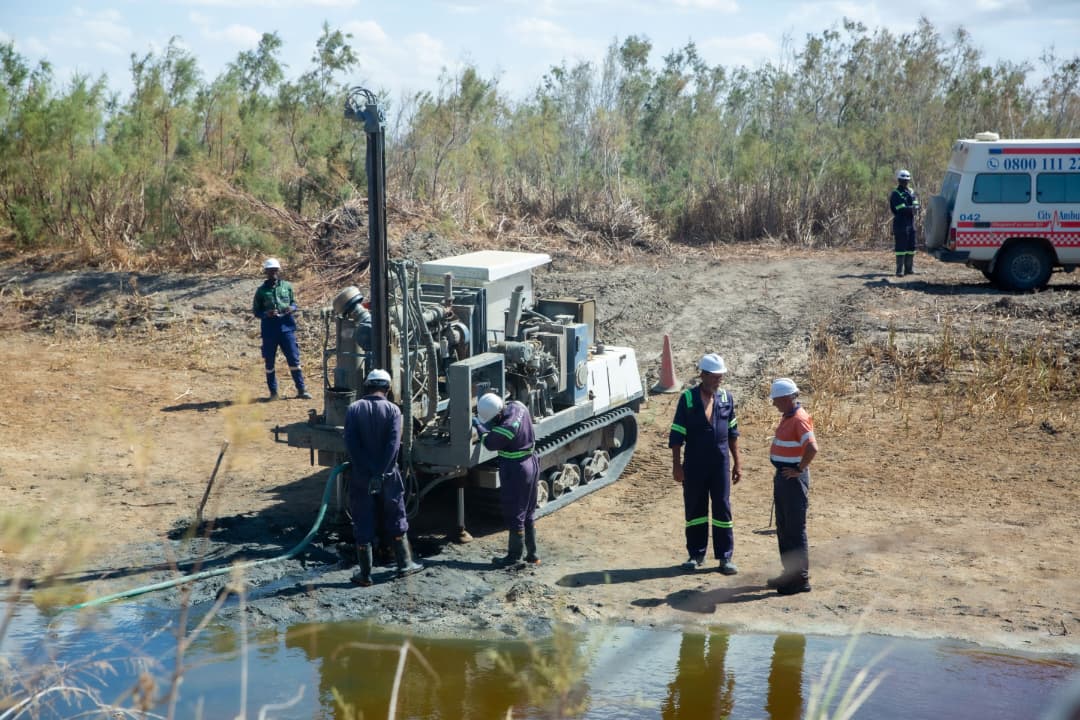Can $60 billion in new investments revive Nigeria’s struggling oil and gas sector? That’s the ambitious target set by the Nigerian National Petroleum Company Limited (NNPCL), which is seeking large-scale financing to boost crude production, expand gas development, and restore the country’s refining capacity.
The plan is bold: raise crude oil output to 3 million barrels per day, grow gas production to 10–12 billion cubic feet per day, and restore at least 500,000 barrels per day in refining capacity by 2030. For a country that has long exported crude oil but imported refined fuels at enormous cost, the stakes could not be higher.
Why $60 Billion Matters
Nigeria’s energy paradox is well known: Africa’s biggest oil producer spends billions importing petrol, diesel, and aviation fuel because its state-owned refineries barely function. This dependence drains foreign reserves, inflates government subsidies, and leaves the economy exposed to global fuel price shocks.
A successful $60 billion investment drive could:
- Rehabilitate and expand refineries
- Build new petrochemical and methanol plants
- Complete critical gas infrastructure like the AKK pipeline
- Expand liquefied natural gas (LNG) capacity
- Roll out compressed natural gas (CNG) fueling networks
The result would be fewer imports, stronger industries, and greater energy security.
Also read: How Power Outages Are Crippling Africa’s Healthcare System
Gas as the Game-Changer
While oil remains Nigeria’s economic backbone, gas is being positioned as the fuel of the future. Officials see it as the bridge between today’s reliance on crude and tomorrow’s cleaner, more industrialised economy.
- The Ajaokuta–Kaduna–Kano (AKK) pipeline will deliver gas to power plants and industries in central and northern Nigeria.
- LNG Train-7 could boost exports and foreign exchange earnings.
- CNG for vehicles promises cheaper, cleaner transport fuel.
Reliable gas supply could be the key to unlocking manufacturing growth, industrial parks, and steady electricity for homes and businesses.
Selling the Plan to Investors
To secure $60 billion, NNPCL is actively courting international oil companies, private equity firms, and development financiers. The pitch highlights:
- One of the largest reserves of oil and gas in Africa
- A massive domestic market of more than 200 million people
- Growing export opportunities in Europe and Asia
- Policy reforms, including the Petroleum Industry Act (PIA), aimed at improving transparency and investor returns
By presenting bankable projects like the AKK pipeline, Train-7, and refinery upgrades, NNPCL hopes to convince global capital that Nigeria is worth the risk.
The Challenges That Could Derail the Vision
Despite the potential, Nigeria’s track record makes some investors cautious. Key hurdles include:
- Pipeline theft and vandalism: Billions of dollars are lost annually to crude theft.
- Policy inconsistency: Shifting regulations have historically scared off investors.
- Global energy transition: Funding for fossil fuel projects is increasingly constrained.
- Failed refinery turnarounds: Previous promises to fix refineries often fell short.
Unless governance improves and security is strengthened, the $60 billion target could remain aspirational.
What Success Would Look Like
If NNPCL succeeds, Nigeria could experience a dramatic turnaround:
- Reduced import bills: Less reliance on foreign fuel would save billions.
- Job creation: Refineries, pipelines, and petrochemical plants would employ thousands.
- Industrial growth: Reliable gas would power factories and small businesses alike.
- Economic stability: More exports and fewer subsidies would ease pressure on government finances.
- Global influence: Nigeria could move from a crude exporter to a value-adding energy hub.
The Next Few Years Are Critical
The real test is implementation. Investors and Nigerians alike will be watching for:
- Progress on refinery rehabilitation in Port Harcourt and Kaduna
- Completion of the AKK pipeline
- Final investment decisions on LNG Train-7 and petrochemical projects
- Sustained reduction in crude theft
- Signed financing deals with credible partners
Momentum in these areas over the next 2–3 years will determine if the $60 billion dream can become reality.
Also read: NNPC Targets $60bn to Boost Oil & Gas Output
FAQs
- Why is NNPCL targeting $60 billion in investments?
To expand oil production, scale up gas output, and restore refining capacity, reducing imports and driving industrialisation. - What are the main projects under this plan?
Refinery upgrades, the AKK pipeline, Nigeria LNG Train-7, petrochemical plants, and CNG infrastructure. - How much oil and gas does Nigeria want to produce by 2030?
3 million barrels of oil per day and 10–12 billion cubic feet of gas per day. - What risks could derail the plan?
Pipeline theft, policy inconsistency, underinvestment, and global shifts in energy financing. - How will Nigerians benefit directly?
Through cheaper and more reliable fuel, better power supply, job creation, and stronger local industries.



